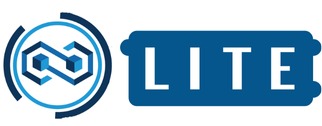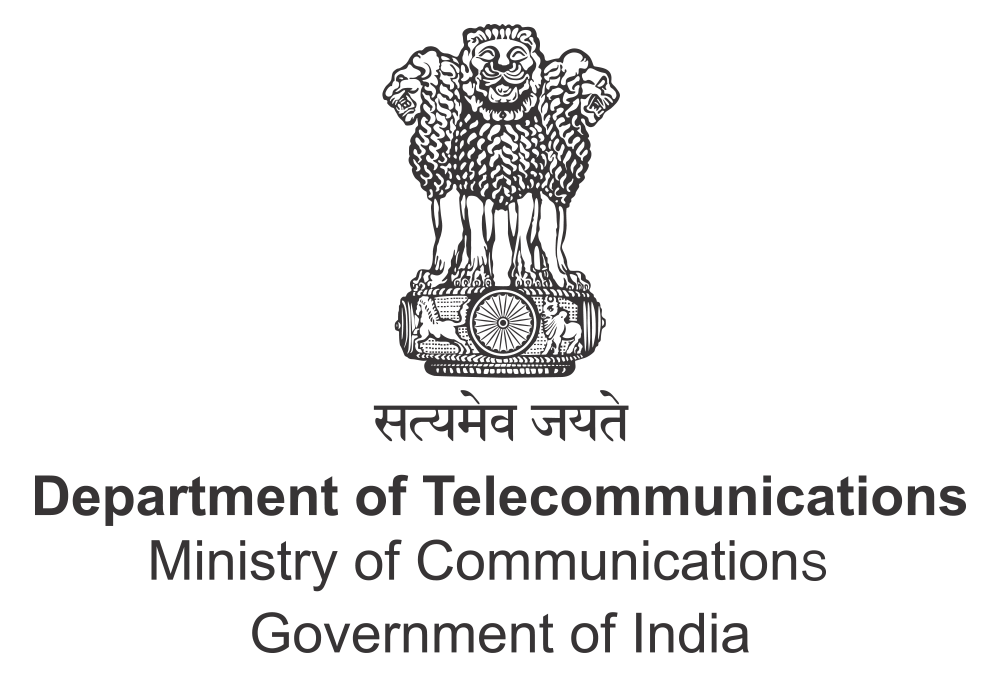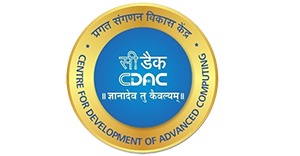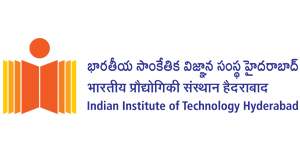A
Addresses
Blockchain address is the location used for receiving and sending transactions on the network.
Addresses serve as an account’s identity and are typically represented in hexadecimal notation.
Altcoins
Altcoin stands for “Bitcoin alternative”. Currently, the bulk of altcoins are forks of Bitcoin with usually minor changes to the proof of work (POW) algorithm of the Bitcoin blockchain.
B
Bitcoin (BTC)
Bitcoin is a cryptocurrency based on blockchain. It runs on a global peer-to-peer network thereby making it decentralized. It bypasses any middleman or central authority.
Block
A group of transactions that enter into a blockchain. It is just like a page of a ledger or record.
Blockchain
It’s a shared, trusted, public ledger of transactions that isn’t controlled by a single user. It can be inspected by anyone. It’s a cryptographed, tamper-resistant distributed database. A blockchain is a secure place to store value, identities, agreements, credentials, etc.
C
Consensus Mechanism (a.k.a. Consensus Protocol)
The consensus mechanism is the protocol used for validating a transaction across a distributed blockchain network designed to achieve Byzantine Fault Tolerance.
Cryptocurrency
Cryptocurrency is formed from two words “crypto” which means data encryption and “currency” which means a medium of exchange. A cryptocurrency is a medium of exchange like money that exists in the digital world and uses encryption to ensure the security of transactions.
Cryptography
Cryptography is evolved from two Greek words namely “crypto” which means secret and “graphy” which means writing. The process of altering messages to hide their meaning from an attacker or adversary who might seize them is known as Cryptography.
Cypher
This is away used for the secret writing and/or decoding of information.
D
DAO (Decentralized Autonomous Organization)
DAO (Decentralized Autonomous Organization) is an organization that acts as an automated decision-making system that is highly transparent. Members of DOA are the only ones that control it. DAOs are an effective and safe way to work with like-minded people around the globe.
DApp
Applications that are not dependent on a central system or database but can share information amongst their users via a decentralized database, such as a blockchain.
DApps operate much like regular web applications; however, they retrieve their state and required data from a blockchain network.
Decentralization/Decentralized
Decentralization is the process of delegating away the organizational responsibilities from a central system to distributed nodes.
Decryption
Decryption is the process of transforming data that has been rendered unreadable through the use of encryption back to its unencrypted form that can be read and understood by a human or a computer.
Digital Signature
A mathematical technique used for validating the authenticity and integrity of digital messages or documents.
Double-spending is a potential flaw in cryptocurrency transactions in which the same single digital token can be spent more than once.
E
Ether (ETH)
is the base cryptocurrency for the Ethereum blockchain network.
Ethereum
A public blockchain that supports smart contracts.
F
FIAT
FIAT currency is the currency issued by the government/central bank that is not backed by any commodity. Example: U.S. Dollars or Indian Rupees.
Fork
A fork is a software update that is collectively approved by all nodes in a distributed network.
G
Gas
A fee charged to add a transaction to a public blockchain. The gas is used to reward the miner who validates the transaction.
Genesis block
It is the first block in the blockchain.
Governance
Governance of blockchain involves establishing policies and continuous monitoring of their implementation.
H
Halving
is the reduction in the block reward given to crypto-currency miners after a certain number of bitcoin blocks have been mined. Mining reward halves every 210,000 blocks.
Hash Function
A function that can be used to map data of arbitrary size to a unique string of a uniform length. The value returned by the hash function is called hash value or hash code.
Hyperledger
Hyperledger is a global enterprise blockchain project that provides the necessary framework, standards, guidelines, and tools to make open-sourceblockchains and related applications to be used across various industries.
I
Immutable/Immutability
The state or condition of being unchangeable. Once a transaction has been added to a block and written to a blockchain, it cannot be modified and therefore is immutable.
Initial Coin Offering (ICO)
ICO is nothing but the first sale of a blockchain coin/token.
Interoperability
Interoperability is the ability of two or more systems to communicate/exchange information between different ecosystems.
M
Mainnet
The production version of a blockchain is termed a mainnet.
Merkle tree
Merkle tree also referred to as hash tree is a data structure used for data verification and synchronization.
Miner
A miner is an actor in-network who creates or add a new block to the blockchain. Multiple miners may compete to add the next block to the chain.
Mining
Mining is the process of creating a new block and adding it to the blockchain. The term is best known for its association with bitcoin, though other technologies using the blockchain employ mining.
N
Node
A participant in a blockchain network that is connected to peers in a decentralized manner and is capable of validating and propagating new blocks.
P
Peer-To-Peer (P2P)
Peer-to-peer connection is a type of connection in which two or more participants are connected to each other directly. The connection can be node to node or person to person.
S
Scalability
The ability of a blockchain network to continue functioning even when the number of actors increases exponentially.
Sharding
A kind of database partitioning technique that divides very large databases into smaller, faster, more easily managed parts called data shards. Sharding can prove to be an efficient solution to enhance blockchain performance.
Sidechain
A discrete blockchain that’s linked to the main blockchain enabling data to be interchanged between the main blockchain and the sidechain. Sidechains are used to enable scaling and increase transaction speed by performing necessary transactions on the main blockchain.
Smart Contract
Self-executing computer code deployed on a blockchain that serves as an agreement between two entities.
T
Token
The token is the lowest divisible unit of cryptocurrency.
Transparency
A property of blockchain by which any participant in a system can view the transactions.
W
Wallet
An electronic/digital file that holds coins and tokens held by the user. The wallet also includes a blockchain address to which transactions can be sent
#51% attack
A condition in which more than half the computing power of a cryptocurrency network is controlled by a single malicious miner or group of miners giving him/them absolute authority over the system.












